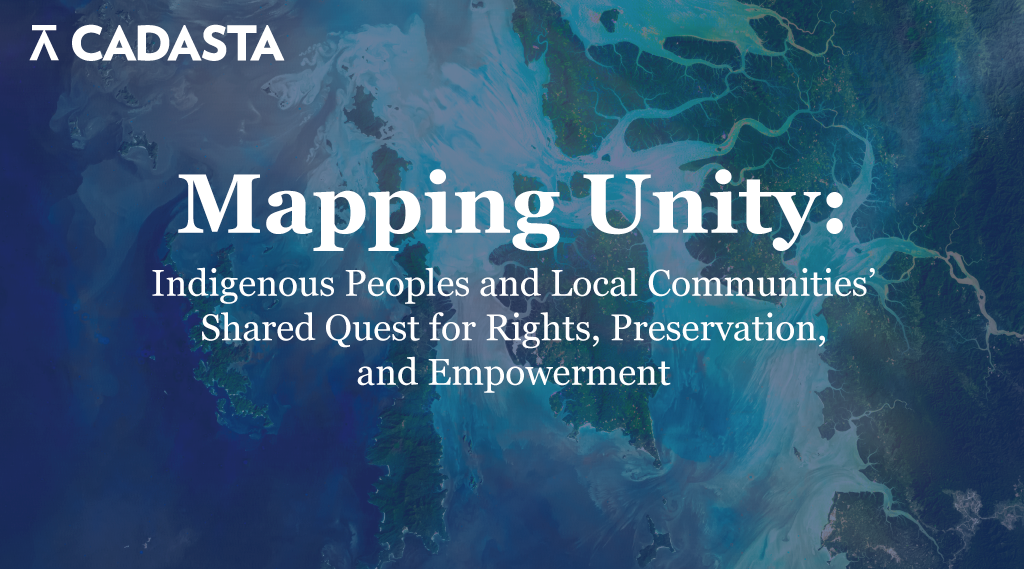The vast majority of the world’s poorest citizens do not have documented rights to the land they rely on or the home they live in.
Indeed, the rights to an estimated 70 percent of the land in emerging economies remain undocumented, according to the World Bank.
Even where land rights are documented, women are less likely to enjoy secure rights to the land and resources they rely on because in more than half the countries in the world, laws or customs undermine or block women’s rights to own, manage, or inherit land or property according to the Organization for Economic Co-operation and Development (OECD) and the World Bank.
As climate change, population growth, and large scale land based investments (“land grabs”) lay claim to broad swaths of arable land, increasing demand for land in village after village, research is confirming that women are among the first to lose their land. In the instances when women are able to retain some land, research shows it is often parcels that are smaller and of poorer quality.
This leaves women and the households they lead vulnerable. And it undermines women’s ability to meet their children’s needs and climb out of poverty.
Even in the absence of government efforts to formalize or recognize women’s land rights, organizations and communities can tap Cadasta Foundation’s suite of digital tools to document women’s use of and claims to land as a step toward strengthening women’s land and resource rights. Indeed, the act of documenting women’s land rights, even in a fit for purpose informal registry, can provide women with knowledge of their rights, and important documentation of their historic land occupancy and use.
The benefits of strengthening women’s land rights are far-ranging.
Studies show that land rights give women greater power and influence within their own home and in their village. This allows women to direct household resources to meet their children’s needs. For example, studies show that women with land rights typically spend more on children’s education, have children who are less likely to be malnourished, and have better educational outcomes. Further, evidence from studies in India indicate that women with land rights face significantly reduced risk of domestic violence.
Research indicates that women’s measure of their land tenure security is calculated based on a number of factors, not just formal legal documentation. Women also weigh cultural considerations and communal knowledge and values.
Researchers in Zambia found, for example, that in areas where women’s land rights are weak and HIV rates are high, women are less likely to make investments in the land to improve their harvests — even when their husbands are not HIV positive. The women in these areas are anticipating being forced off their land as they are widowed. This anticipation depresses their investment in the land and eventual harvests as well as family nutrition for years or even decades.
Cadasta and Women’s Land Rights
The Cadasta team is committed to strengthening women’s land rights as part of each of its partnerships.
In Bangladesh, the non-profit Uttaran used Cadasta’s tools to develop a database of women headed households and the land they rely on. The database is now being used by the government of Bangladesh to ensure that the nation’s first digital land registry fully documents women’s rights to land and resources.





